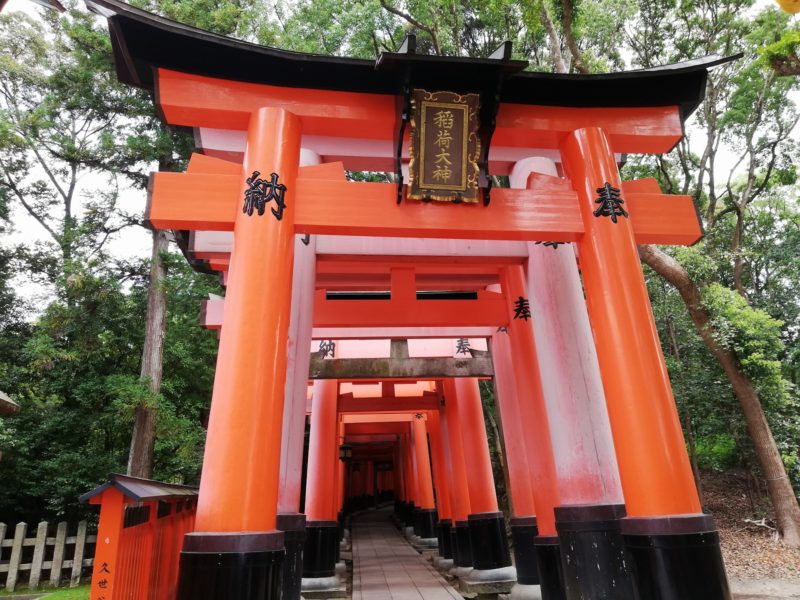
Gonden ~SenbonTorii~Okusya
Gonden & Torii Gate
Gonden is a place where the gods are temporarily moved and placed in when the shrine is rebuilt and restored. Thus it is also called “Karidono” means “temporary shrine”. It was rebuilt in 1635 during the Edo period, and the style of Gokensyanagarezukuri(*五間社流造).
* From front, there are 5 bays between pillars and build widely.
Next you go through the Torii Gate next to Gonden, then go up the stairs, you will get to the Senbon Torii Gates, thousands torii gates.
The fox at this torii gate, right one has ball, and left one has scroll.
As you go up the stone steps, you will find various auxiliary shrines.
Senbon Torii Gate|Thousand Torii Gate
Vermillion red torii gateways are a famous feature of Inari shrines, and the color evokes a strong sense of spirituality for Japanese people.
http://inari.jp/en/map/spot_07/
The torii gateways of Inari shrines are painted by the same Inari-nuri technique as the building.
The Japanese word for “vermilion”, ake, can be written in various different characters, each with a different meaning. In addition to its meaning as a shade of red, the word can also refer to red in general, dawn and light. These meanings convey a sense of brightness and hope, and the color is associated with a strong belief in the soul of Inari Okami and blessings for life, the earth and production.
Worshipers have donated torii gates to express prayers and appreciation since the Edo period (1603-1868), and Fushimi Inari Taisha is now famous for its Senbon Torii “Thousand Torii” gateways.
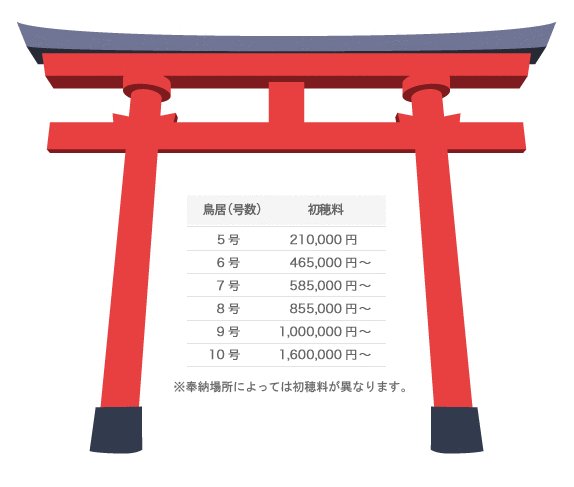
Back of the torii gate is written in black to identify who donated it. You see some famous company name at the back of big torii gates. Actually it will be a good advertisement for those company.
If you could go straight without crowds, taking photos, you will reach to Okusya in 5 minutes.
Okusya houhaisyo Omokaruishi
Okusha Hohaisho(奥社奉拝所)
More commonly known as Okuno-in, the Okusha Hohaisho prayer building is located in the Myobu-dani valley to the east of the main shrine building, at the end of the Senbon Torii (Thousand Torii) gateways. People come here to pray to the holy mountain Inariyama, whose three peaks can be seen right behind the building.
The age of the building can be determined from a record called Senguki from 1499, but details such as the original size are not known. In the Edo period, it was called Fukosho and Kumotsujo, which means “offering place”. The building was destroyed by a natural disaster in 1794, and was rebuilt in a slightly larger size than the original one. Then in 1975, the shrine building was moved backward to its current location and a prayer area was built in front of it.
http://inari.jp/en/map/spot_08/
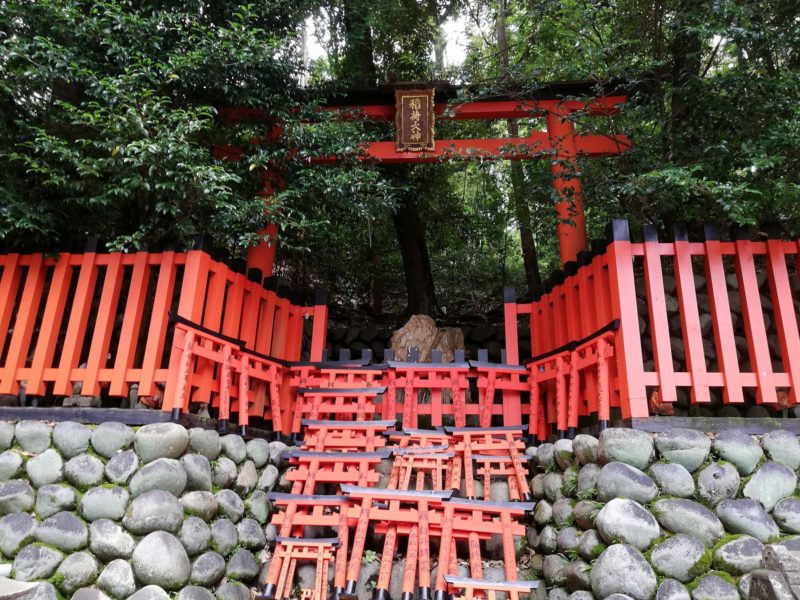
Omokaruishi(Heavy or Light Stone)
There is a pair of stone lanterns in the back right-hand corner of Okusha Hohaisho. This lantern called as “Omokaruishi” Omo=Heavy Karu=Light and Ishi=Stone. Here you can see whether your wish come true or not.
How to do it.
1. You offer the small coins into the offering box.
2. Put your hands together and make a wish in front of one of the lanterns.
3. lift up the round stone (kuurin) at top of the lantern.
4. If the stone feels lighter than you expected, your wish will come true, and if it feels heavier, your wish will be unlikely to come true, you need more effort to achieve your wish.
* I see sometimes people forget to make a wish as they are paying attention too much to lift the stone!!
Inari Shrine Votive Table
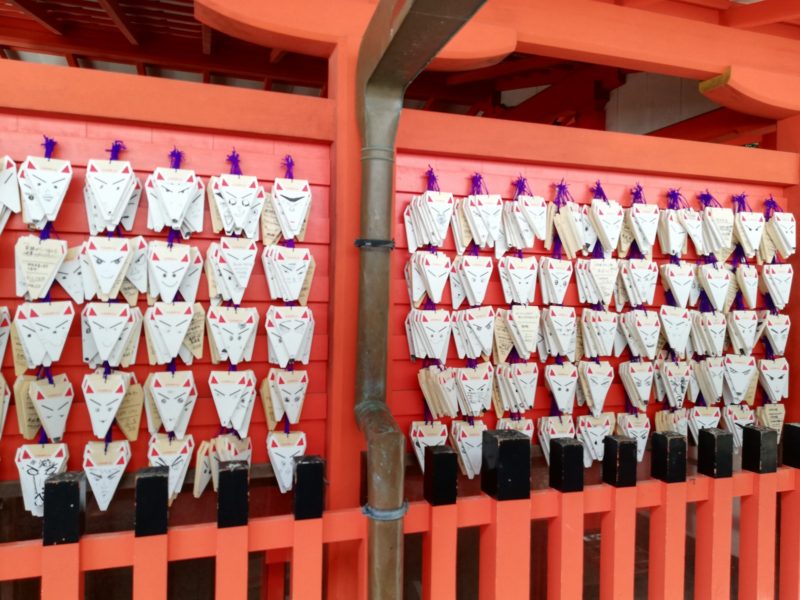
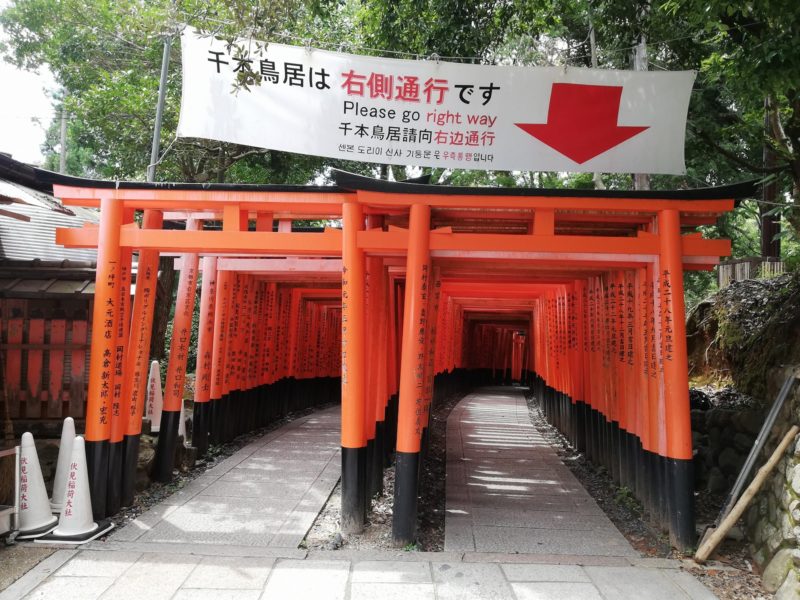
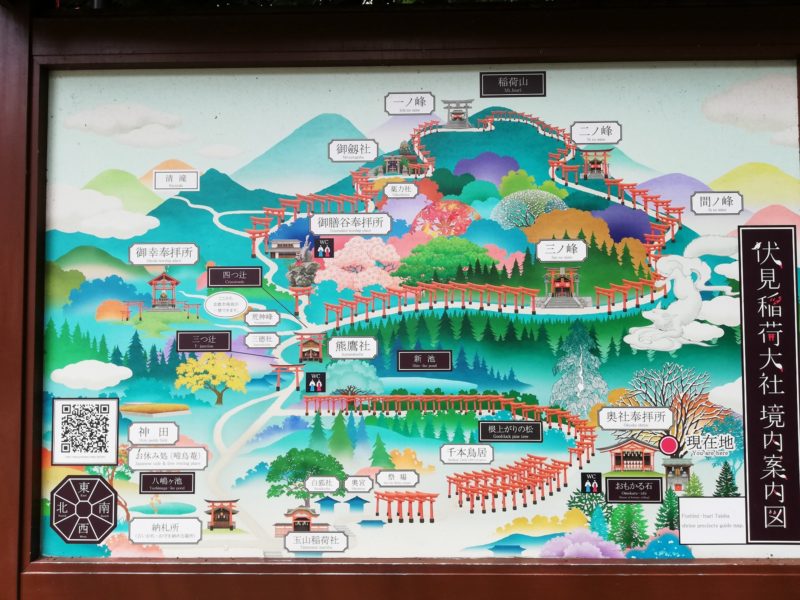
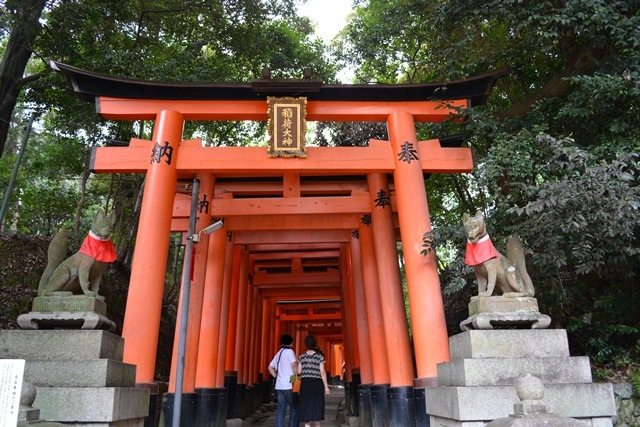
If you like to walk further, then you go into the gates to north, walk around 5 minutes then there is branch road point as below, you can go back to Honden area or going further to Mt. Inari. From that point, about 10 mins walk back to Honden.
From here, to the right about 5 mins walk, you will get to Kumatakasya. But you need to go up the steep stairs, it could be tiring but at Kumatakasya you can find another features of Fushimi Inari Shrine, which is called “Otsuka(お塚)”. Prayers can donate and build small shrine, own deities as they want. feels very spiritual space at Otsuka site.
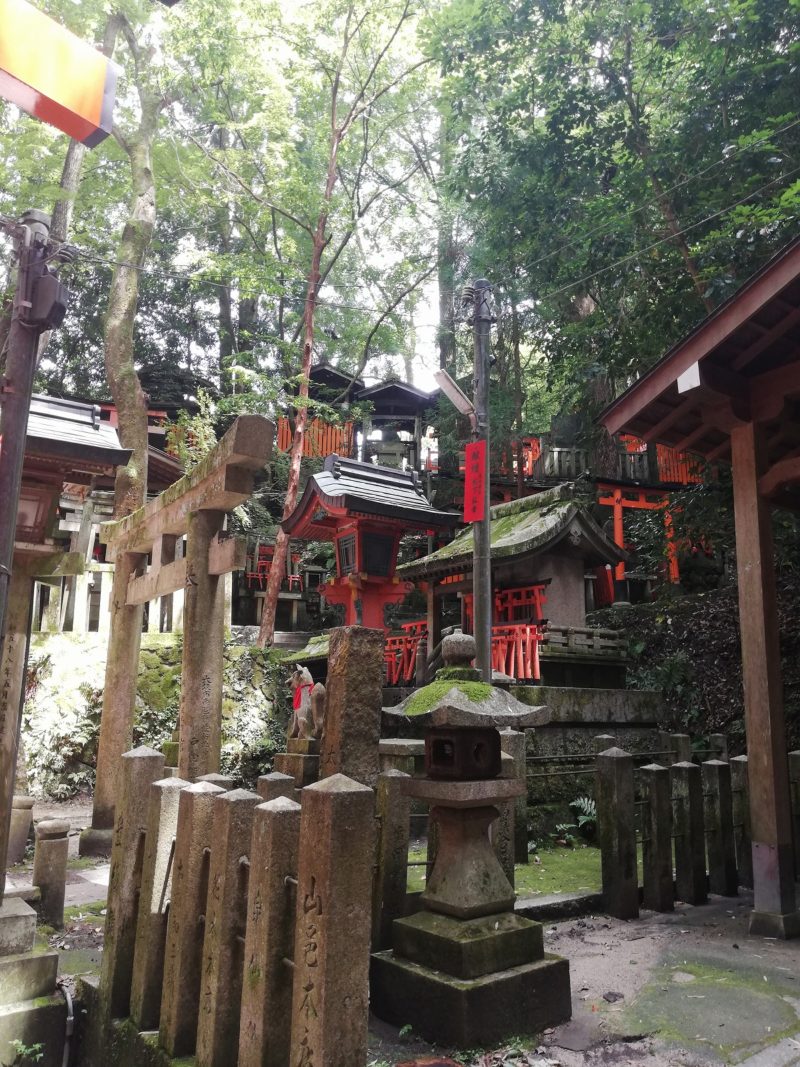
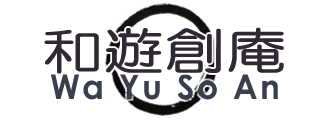



































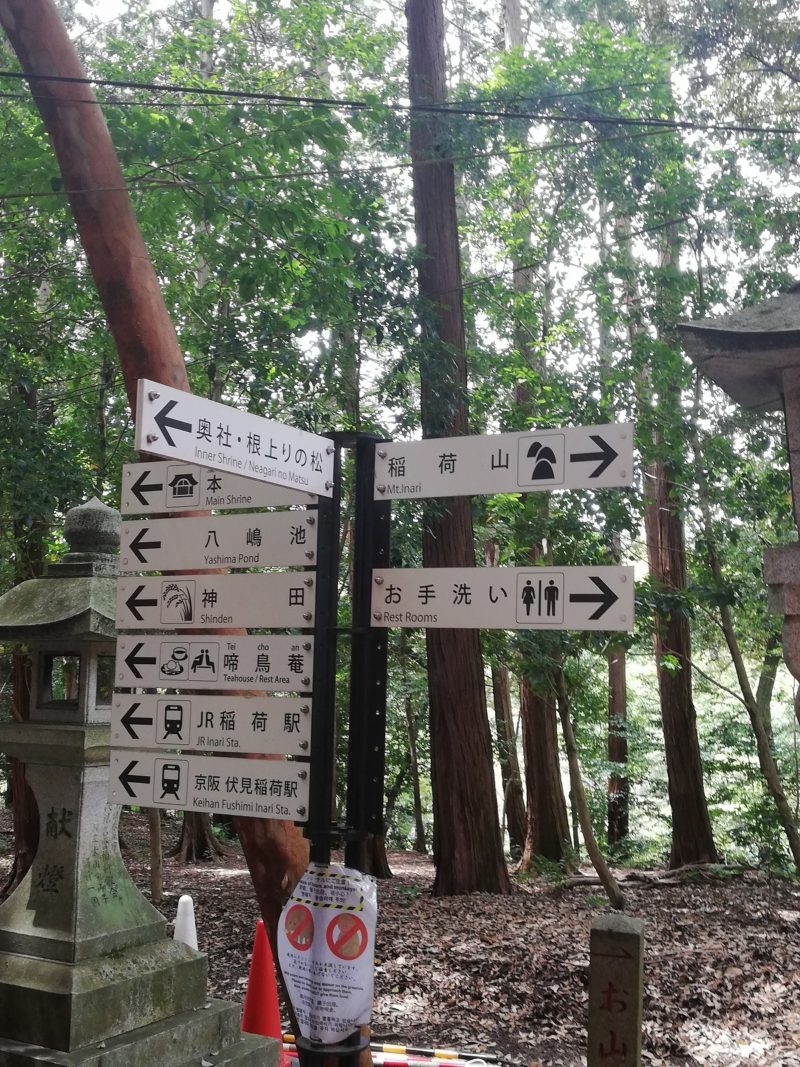
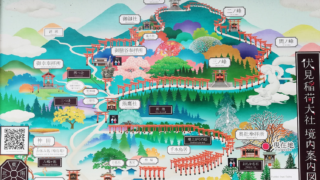
コメント